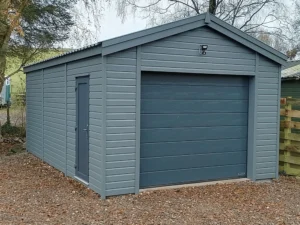In Latin America, football is more than a sport—it’s a social engine. From dusty pitches in rural towns to elite academies in urban centers, the game shapes identities and aspirations. As platforms like Superbet Brasil continue to spotlight regional competitions and emerging talent, the conversation around youth development has become increasingly strategic.
The Grassroots Foundation
Youth football in Latin America begins informally. Children play in streets, parks, and improvised fields, often with minimal equipment but boundless passion. This organic start fosters creativity and resilience—traits that define many of the region’s greatest players.
However, transitioning from informal play to structured development is a critical juncture. Countries like Brazil and Argentina have long-established scouting networks and academies, while others still rely on sporadic talent identification. The lack of standardized training and access to certified coaches remains a barrier in many regions.
The Role of Clubs and Academies
Professional clubs play a central role in shaping young talent. Institutions like Boca Juniors, Flamengo, and Atlético Nacional operate academies that combine technical training with education and psychological support. These programs aim to produce not just athletes, but well-rounded individuals prepared for the demands of professional sport.
Private academies have also emerged, offering specialized training and international exposure. While beneficial, they often cater to families with financial means, creating disparities in access. Bridging this gap requires public-private partnerships and federation-led initiatives that prioritize inclusivity.
International Exposure and Strategic Pathways
Latin American youth players increasingly seek opportunities abroad. European clubs scout aggressively, and tournaments like the U-17 and U-20 World Cups serve as global showcases. While international transfers can accelerate careers, they also pose risks—cultural adaptation, isolation, and pressure can derail promising trajectories.
Federations must establish clear pathways that balance ambition with protection. Structured contracts, mentorship programs, and post-career planning are essential components of a sustainable development model.
Conclusion: Investing in the Future
Youth football is Latin America’s most valuable asset. To harness its full potential, stakeholders must move beyond romanticized narratives and invest in infrastructure, coaching, and holistic support systems. Platforms like Ecuabet can amplify visibility, but long-term success depends on strategic alignment across clubs, federations, and communities.
With intentional planning and inclusive policies, Latin America can continue producing world-class talent—while ensuring that every child who dreams with a ball at their feet has a fair chance to succeed.
Let me know when you’re ready for the next one. I’ll keep it football-related and aligned with your institutional tone.
Also Read-Tiranga Game: Flag Bearer’s Journey










